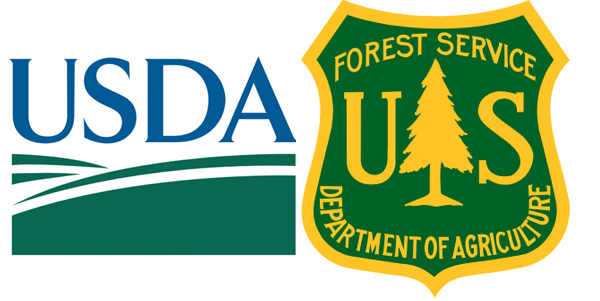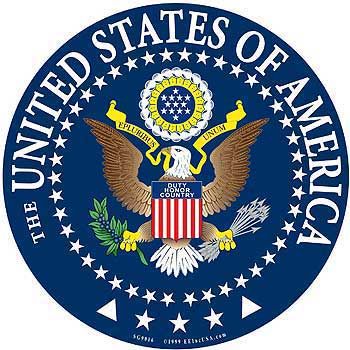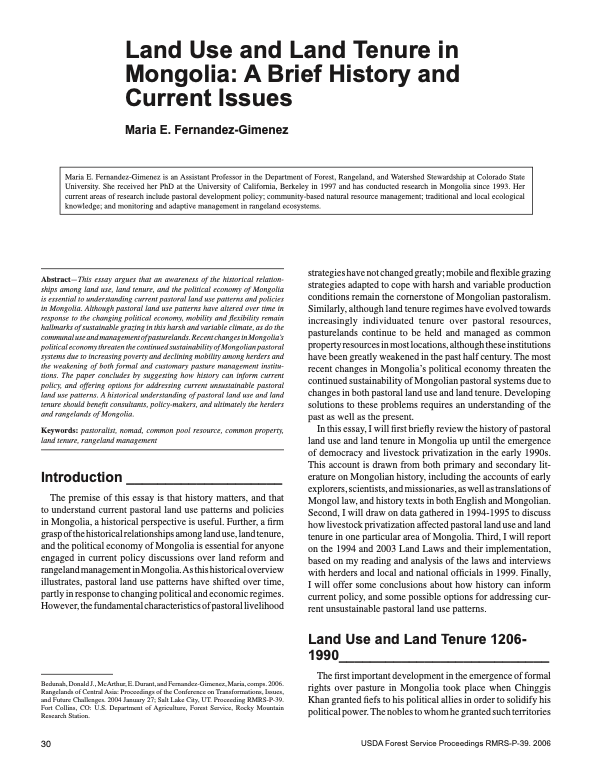Location
Washington, DC 20250-1111
We are a multi-faceted agency that manages and protects 154 national forests and 20 grasslands in 43 states and Puerto Rico. The agency’s mission is to sustain the health, diversity, and productivity of the nation’s forests and grasslands to meet the needs of present and future generations.
We have an elite wildland firefighting team and the world’s largest forestry research organization. Our experts provide technical and financial help to state and local government agencies, businesses, private landowners and work government-to-government with tribes to help protect and manage non-federal forest and associated range and watershed lands.
We augment our work through partnerships with public and private agencies that help us plant trees, improve trails, educate the public, and improve conditions in wildland/urban interfaces and rural areas, just to name a few. Our team also promotes sustainable forest management and biodiversity conservation internationally.
Gifford Pinchot, first Chief of the Forest Service, summed up the mission of the Forest Service: "to provide the greatest amount of good for the greatest amount of people in the long run."
Members:
Resources
Displaying 6 - 10 of 23Land Use and Land Tenure in Mongolia: A Brief History and Current Issues
This essay argues that an awareness of the historical relation- ships among land use, land tenure, and the political economy of Mongolia is essential to understanding current pastoral land use patterns and policies in Mongolia. Although pastoral land use patterns have altered over time in response to the changing political economy, mobility and flexibility remain hallmarks of sustainable grazing in this harsh and variable climate, as do the communal use and management of pasturelands.





